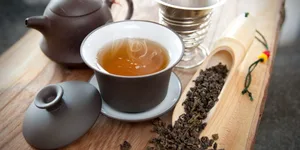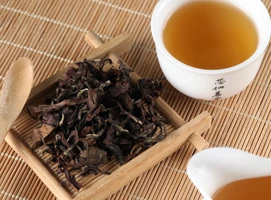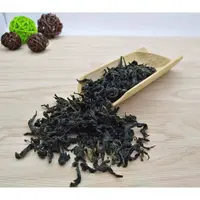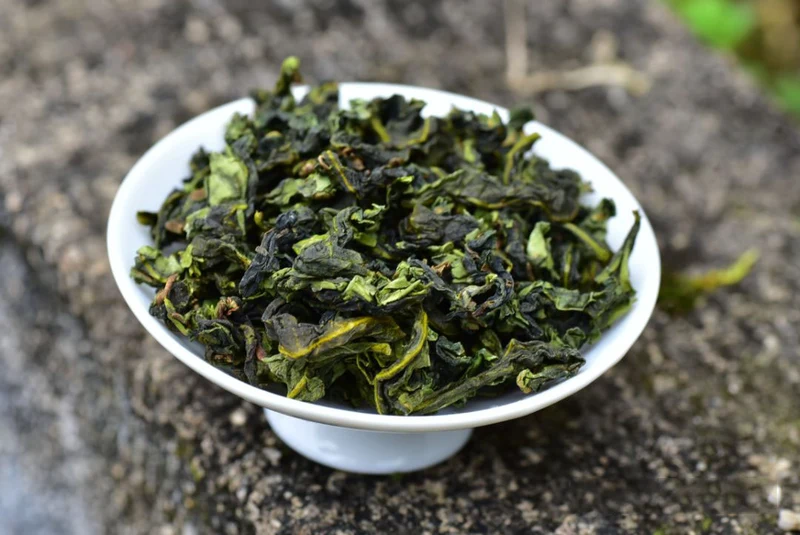

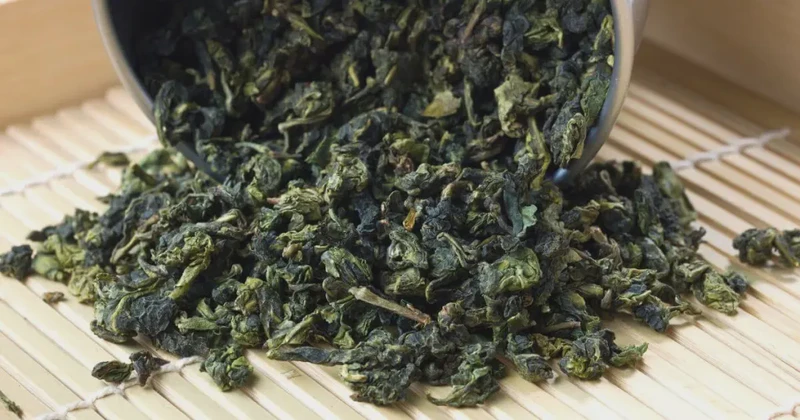
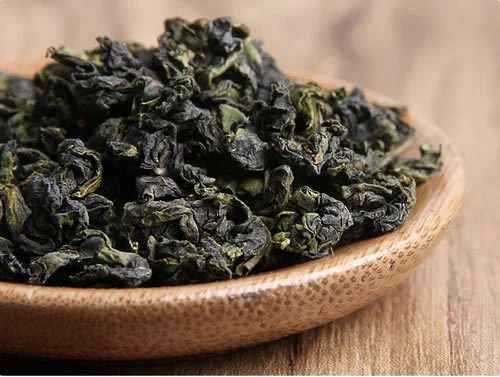
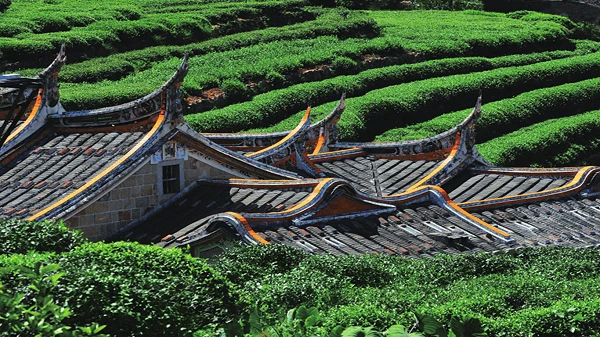
Tie Guan Yin (Iron Goddess of Mercy)
Origin
Fujian
Category
Oolong Tea
Harvest Time
Spring & Autumn
Processing
Partial Oxidation & Roasting
Description
Tie Guan Yin, also known as Iron Goddess of Mercy, is one of the most famous and beloved oolong teas from Anxi, Fujian Province, China. Renowned for its complex floral aroma, smooth mellow taste, and distinctive orchid fragrance, it represents the pinnacle of oolong tea craftsmanship.
